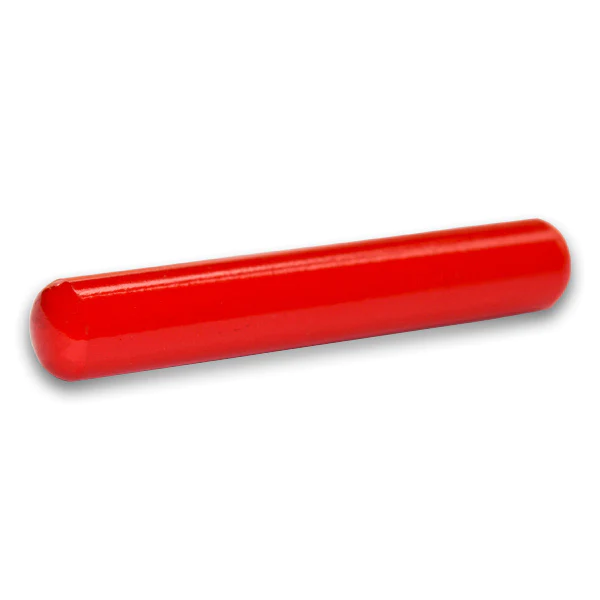It’s been rough few weeks and laughs have been a bit thin, so when I saw that farmers deliberately place magnets in cows, it appealed to my slightly odd sense of humour. Turns out its actually quite important.
Known as cow magnets, the devices are placed inside cattle to deal with hardware disease, or traumatic reticuloperitonitis. Cows often take large mouthfuls and swallow them without taking the time to chew. Efficient feeding as this may be, it leaves them vulnerable to any stray pieces of metal in their food, from broken farm equipment to screws and wire from fencing, for example.
These pieces of metal can perforate the reticulum (the second chamber in stomachs of ruminant animals) causing infection, fever, digestive issues and pain. Though the best way to deal with hardware disease is to prevent metal from entering the cows in the first place, farmers often place cow magnets inside the animals’ stomachs using a stomach tube or a balling gun.
“Using magnets in the reticulum has become a popular preventive routine for hardware disease, especially in the dairy breeds,” Bonnard L. Moseley, then of the University of Missouri College of Veterinary Medicine explained in a resource about hardware disease. “The magnet simply keeps foreign metallic objects adhered together in a ball, reducing the chances of penetrating the reticulum.”
The magnets remain in place throughout the animals’ lives and are removed after the cows die or are killed for meat.
How much, you ask?
A quick search reveals that cow magnets are really easy to buy online. One site had a whole range and start at 6mm x 6 mm, going all the way up to 75 mm x 12 mm. They come as cylinders or rods.
Now you know!

I talked about this with Danny Hoyland on West Bremer Radio on 4 November 2023. Listen live each week: Saturday 7.40 am, West Bremer Radio.

